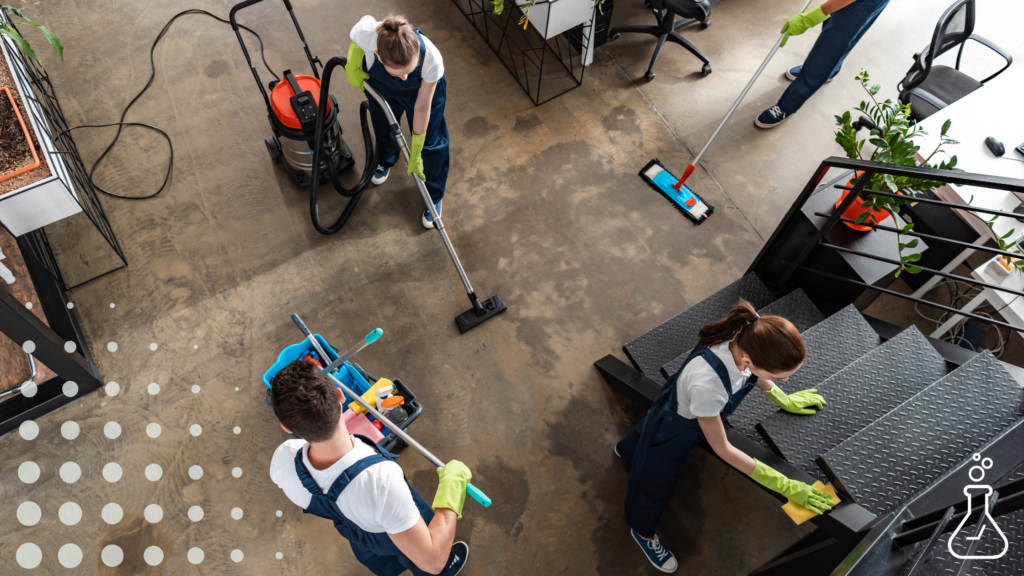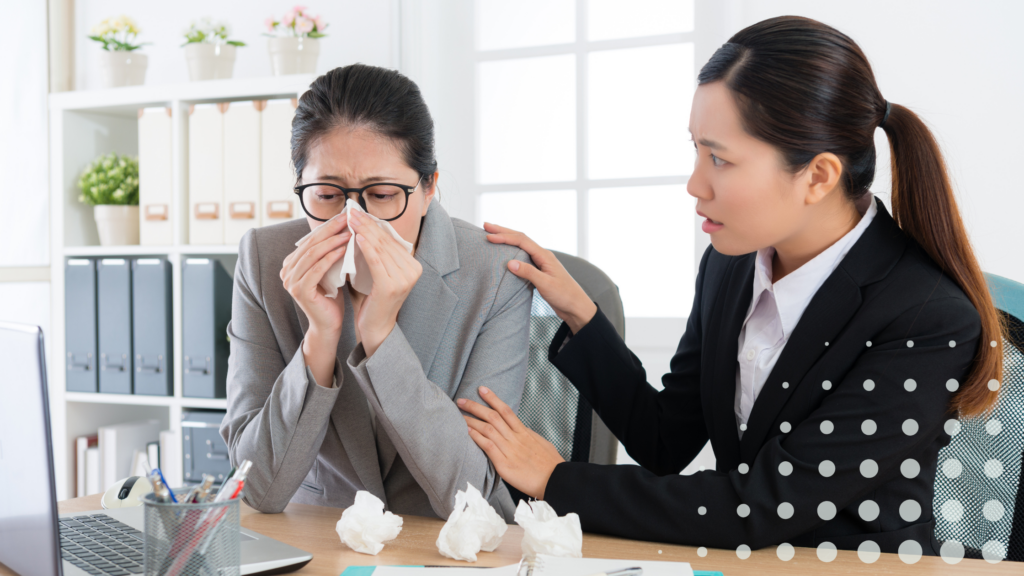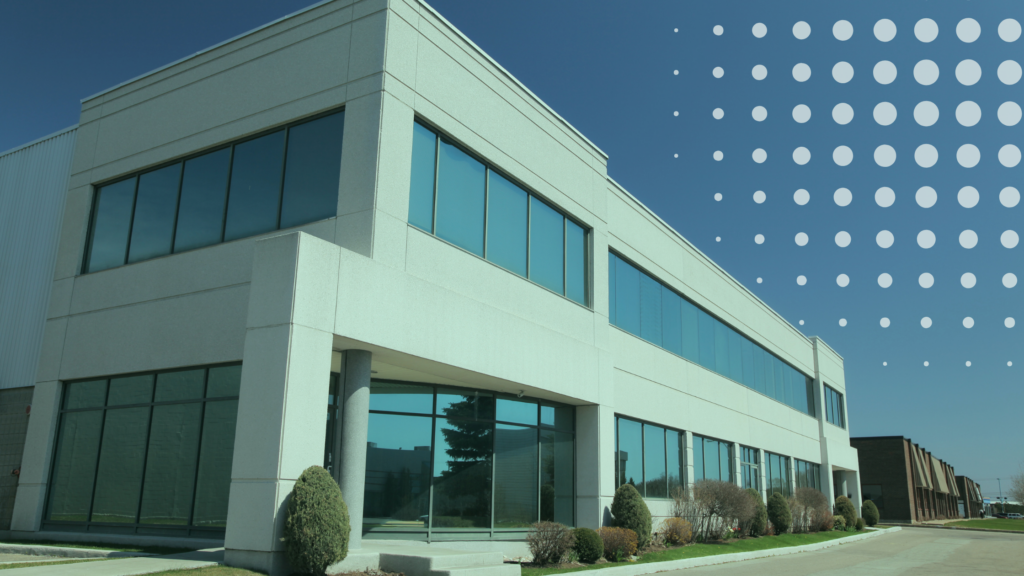Sick Building Syndrome: Are you at risk?

One of the latest buzz phrases making its way around the chronic illness community is Sick Building Syndrome, or SBS. What exactly is Sick Building Syndrome, and how do you know you have it?
What is Sick Building Syndrome?
Sick Building Syndrome (SBS) is a condition where people experience various health symptoms linked to spending time in a specific building, even though no specific illness or cause can be identified. These symptoms, like headaches, dizziness, fatigue, or respiratory issues, often intensify the longer one spends in the space and can improve after leaving the building for a period of time.
What are the Symptoms of Sick Building Syndrome?
SBS can manifest as a wide array of symptoms which can affect the individual differently based on the source of the trigger and the individual’s genetic makeup and ability to process toxins. These include:
- mucous membrane irritation (nasal congestion, sore throat, eye irritation)
- asthma symptoms (chest tightness, wheezing)
- neurotoxic effects (headache, fatigue, irritability)
- gastrointestinal disturbance
- dermatological symptoms (skin dryness, redness, or itching)
- sensitivity to odors
What makes Sick Building Syndrome different from other chronic illnesses is that you will likely notice a decrease in symptoms after spending time away from the building. In some cases, you may need to leave the space entirely and perform extensive detox, depending on the cause of your particular case.

What Causes Sick Building Syndrome?
SBS can result from several factors, often related to indoor air quality and building conditions, such as:
- Inadequate ventilation: Poor airflow can allow pollutants to accumulate indoors. As we saw during the quarantine era, poor airflow can also lead to a buildup of biological contaminants in indoor spaces.
- Chemical contaminants: These include emissions from building materials (like paint, carpet, or furniture), cleaning products, or office equipment (like copy machines, printers, or other machinery).
- Biological contaminants: Mold, bacteria, and dust mites can grow in poorly maintained ventilation systems or damp areas.
- Environmental factors: Lighting, noise, and temperature imbalances can also contribute to symptoms. Even your coworker’s perfume may be a cause for concern!
Together, these issues create an environment that negatively impacts occupants’ health and comfort. Addressing ventilation, air quality, managing exposure to toxic substances, and maintenance can often alleviate the problem, but may not completely resolve the issue, especially if the ultimate source of the trigger is not addressed.
Ultimately, Sick Building Syndrome is an umbrella term for several different conditions that all stem from environmental factors. These include allergies, mycotoxin toxicity, toxic overload, and the spread of communicable diseases.
How Do I Know If I Have Sick Building Syndrome?
Answering this question is a little more tricky than simply defining SBS. SBS is not a simple “Ah, you have X condition, so you need Y treatment” situation, but more a way to understand what may be causing your symptoms.
Your healthcare practitioner can help you rule out other potential causes, but if you’re reading this blog you’ve likely already tried to get to the root cause of your symptoms. If you believe your environment may be making you sick, ask yourself the following questions:
- When did these symptoms start? Did they begin soon after moving into a new home or working in a new location? Did you or your business start using new products or equipment just before the onset of symptoms?
- Do you feel relief after leaving the building? Identify when, if ever, you feel relief after leaving the space; not all patients dealing with Sick Building Syndrome related illnesses feel relief, but this information can help guide your healthcare practitioner.
- Have other people/animals in the building also experienced symptoms? Even if it makes you feel strange to ask other people about their health, you may not be alone in your suffering. If you’re not alone in your symptoms, that’s a big red flag that something’s wrong with the environment.
You may also want to check out our blog 6 Questions to Ask Yourself If You Suspect Mycotoxin Toxicity if you believe mold may be playing a part in your symptoms.
Another way to help get to the root cause of your symptoms is to keep a journal of what symptoms you experience and when you experience them. Include time, pain levels, and as clear a description of what you think may have triggered the onset of symptoms as possible. This information can help you and your healthcare provider nail down what’s happening to you.

I Think I Have Sick Building Syndrome. Now What?
If you have a sinking suspicion that where you live or work is behind your symptoms, talk to your healthcare provider. They can order tests that fit with the symptoms you’re experiencing to see what the root cause of your symptoms might be. However, if you’re feeling unheard by your provider, there are patient-performed tests that can be done for mycotoxins and environmental toxins that can show the presence of any common environmental toxins or mycotoxins in your system.
If you suspect mold to be a major concern, you can also test the building that is the cause for concern with a simple, non-damaging swab test that can be done even in a rented unit or in an office building.
Your healthcare provider may advise you to find alternative accommodations that will allow you to try living or working in an environment away from what’s triggering your symptoms. With many workplaces, this may require a note from a doctor that outlines your need to work in a different location, such as from home or from a different building.
Unfortunately, having Sick Building Syndrome can often mean a major uprooting of your life, necessitating a move to a different home or a different job, at least for the duration of any remediation that needs to take place if not permanently. However, ultimately your health is what’s most important, and by getting down to root causes of what is triggering your symptoms, you’re getting the answers you need and making the changes necessary to start feeling better.
Your health comes first, so remember to keep advocating for it.
References
Bloom, E., Nyman, E., Must, A., Pehrson, C., & Larsson, L. (2009). Molds and mycotoxins in indoor environments–a survey in water-damaged buildings. Journal of occupational and environmental hygiene, 6(11), 671–678. https://doi.org/10.1080/15459620903252053
Horvath, E. (1997) Building related illness and sick building syndrome: from the specific to the vague. Cleveland Clinic Journal of Medicine, 64(6), 303-309. https://www.ccjm.org/content/ccjom/64/6/303.full.pdf
Rencken, G., Rutherford, E., Ghanta, N., Kongoletos, J., & Glicksman, L. (15 October, 2021) Patterns of SARS-CoV-2 aerosol spread in typical classrooms. Building and Environment, 204. https://doi.org/10.1016/j.buildenv.2021.108167.
Nag P. K. (2018). Sick Building Syndrome and Other Building-Related Illnesses. Office Buildings: Health, Safety and Environment, 53–103. https://doi.org/10.1007/978-981-13-2577-9_3
